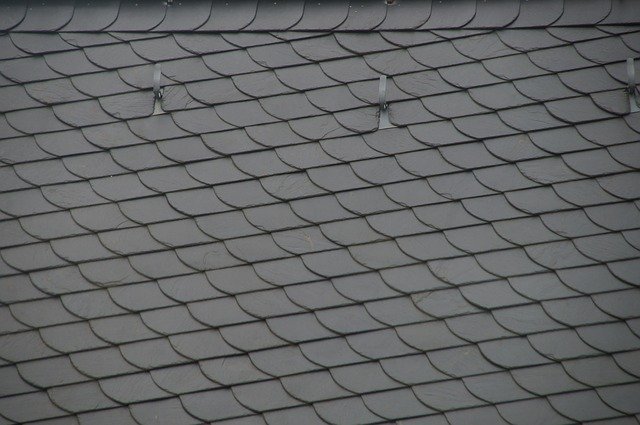Types of Roof Insulation
Post by : favouritehomes
You often hear about roof insulation to prevent wastage of energy spent in warming up the house. But times are changing and people are now worried about insulating their roofs to prevent seepage of heat into their home’s interiors. When it comes to the top floor of a villa or the last floor of an apartment building, the blazing sun leaves its searing mark on the flat roof surface as it faces maximum heat.
Since concrete is dense, it retains heat and radiates it into the upper layers of the room below. The movement of the fan spreads this hot air throughout the room. With the heat as well as the energy bills soaring and reaching a new high every summer, you can tell that global warming is real and getting worse every year.
So, what do you do to keep your AC bills low and your homes still comfortable? The answer is to work on your roof’s insulation. For the new-gen buildings under construction, architects are using the latest technologies to ensure internal temperature stability. But in older buildings, you can use other ways to insulate the roof. Here’s a look at some basic methods of heat insulation you can adopt to keep your home’s interiors cooler.
- Prevent the roof from getting heated – build a shed over it
- Insulate the roof from above
- Insulate the ceiling
- Prevent heat transfer from the roof into the room below
- Cool the roof
- Get rid of the hot air below the roof – create air vents
- Get rid of the heat from the roof before it gets transferred
You can create a shadow on the roof slab using light-weight sheets. Or make a pergola and grow creeper plants to provide shade. A terrace garden is an excellent idea to prevent heat absorption into the roof.
Plants, grass and the wetness of mud helps in cooling the roof. But not all roofs can take a terrace gardens weight. Earlier, ‘Surkhi’, a traditional mix, was used to weather-proof the roof, but it’s outdated now. Weather-proof clay panels with tube-like holes or foam concrete panels are other options to insulate the roof. They are layered over the roof slab.
Alternatively, you could layer the roof with 40mm polygonal gravel which makes minimal contact with the roof, thereby preventing heat transfer into the roof slab. Other alternatives include whitewashing the roof which reflects off a good amount of heat.
Another method includes the use of 8mm-thick bituminous sheets with silver coating on one side. These can be layered on the roof and are excellent for heat reflection and as a water-repellent too.
 +91-98959 94000
+91-98959 94000 +971 501148100
+971 501148100











